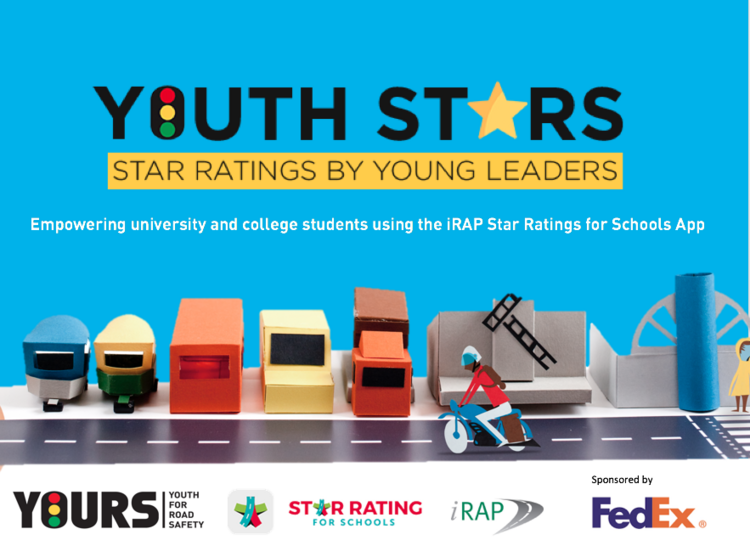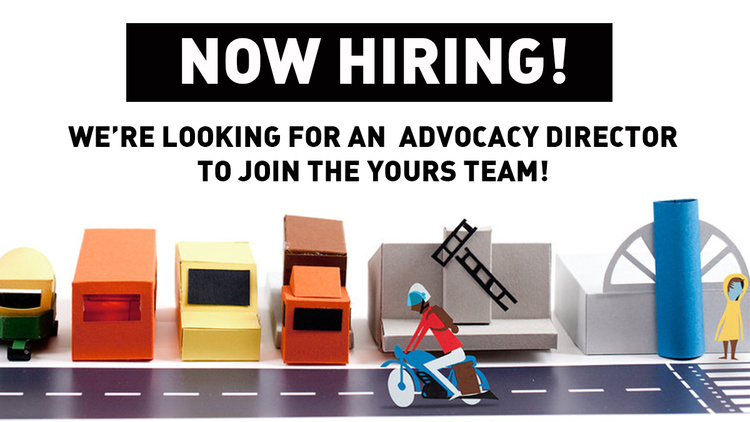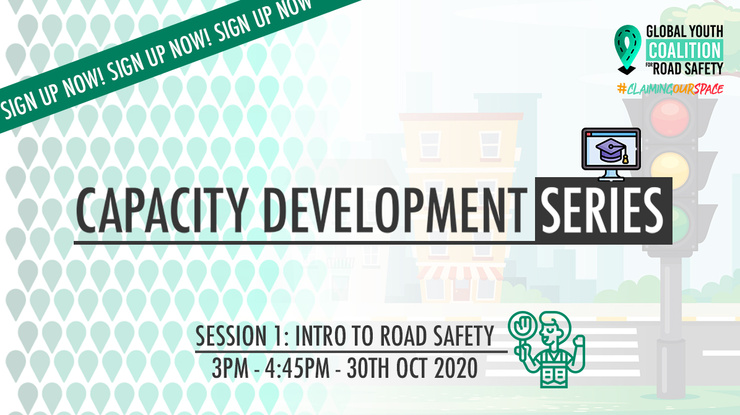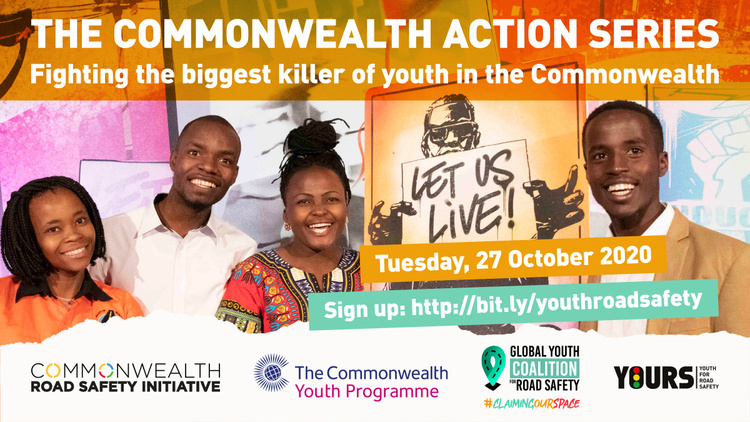
YOURS and iRAP undertake Year 2 of the Youth Stars Master Trainer programme
YOURS – Youth for Road Safety and iRAP – International Road Assessment Program teamed up to lead a program that trains young leaders to undertake assessments of the rate zones or roads around schools, universities, and other educational institutions using the new Star Ratings for Schools application. This is a follow up of the first year Youth Stars Program launched in 2019.
Star Ratings
The iRAP Star Ratings are an objective measure of the likelihood of the occurrence of road crashes and their potential severity. The focus of the star rating system is to identify and record road attributes that influence the most common and severe types of road crashes based on scientific and evidence-based research.
There are six star ratings; 5-star roads, 4-star roads, 3-star roads, 2-star roads, 1-star roads, and no star roads. 5-star roads are the safest, meaning they cater to all road users: pedestrians, cyclists, motorcyclists, vehicles, and public transport occupants.
The goal is to raise the standards of the world’s roads to three stars or higher. Three-star roads are classified by the safety of road users. For pedestrians, these roads have sidewalks and pedestrian refuge with 50km/h traffic. To learn more about the iRap star ratings, go here.
YOURS – Youth for Road Safety and iRAP – International Road Assessment Program teamed up to lead a program that trains young leaders to undertake assessments of the rate zones or roads around schools, universities, and other educational institutions using the new Star Ratings for Schools application. This is a follow up of the first year Youth Stars Program launched in 2019.
Star Ratings
The iRAP Star Ratings are an objective measure of the likelihood of the occurrence of road crashes and their potential severity. The focus of the star rating system is to identify and record road attributes that influence the most common and severe types of road crashes based on scientific and evidence-based research.
There are six star ratings; 5-star roads, 4-star roads, 3-star roads, 2-star roads, 1-star roads, and no star roads. 5-star roads are the safest, meaning they cater to all road users: pedestrians, cyclists, motorcyclists, vehicles, and public transport occupants.
The goal is to raise the standards of the world’s roads to three stars or higher. Three-star roads are classified by the safety of road users. For pedestrians, these roads have sidewalks and pedestrian refuge with 50km/h traffic. To learn more about the iRap star ratings, go here.

YEAR 2: Youth Stars – Master Trainers undertake Training of Trainers
The Youth Stars program focuses on attracting youth organizations that work with or represent youth and students aged 16 to 25 or those still studying in college or university levels to assess roads around educational institutions to make sure that students are safe in their journey to and from school.
The first year saw the creation of the five Master Trainers. YOURS was responsible for recruiting the Master Trainers who were then trained to conduct the Star Ratings for Schools/Universities so that they would be able to train Coalition Partners in the coming year.
The program is presently in its second year. This is the year where Coalition partners will undertake Capacity Development training, assessments, and advocacy. Lead partners and global program partners will be able to lead and manage the star ratings for school assessment projects around the world and provide support for local organizations.
The course will give an introduction to the star rating program and its methodology while also giving trainees the chance to assess road attributes with the star ratings. The assessment planning part of the training will help coalition partners to understand the main steps in structuring a school assessment project and also train them to develop school community engagements plans to help protect students from road crashes.
The Training of Trainers for our Master Trainers was run by iRAPs Rafaela Machado and equips our trainers to be able to train their peers from the Global Youth Coalition for Road Safety.
Action Points
The second year of the program will have the trainers teaching the coalition partners about how to use the star ratings for schools methodology while gathering feedback to contribute to its continued development. Because of the training course, partners will be able to run their own assessments and compile their own data. This will lead to advocacy and recommendations for any two-star roads or lower.
By the end of this second year, Master Trainers will be able to turn the star rating recommendations into advocacy plans that will help address low star rated roads into three-star ones or higher.
The upcoming year will be continued advocacy by partners and future trainers and follow-ups from the trainers and partners. The training program is sponsored by FedEx.





 The capacity development series will use creative and interactive online and offline sessions where the Coalition members will strengthen their core knowledge on the road safety crisis facing the youth.
The capacity development series will use creative and interactive online and offline sessions where the Coalition members will strengthen their core knowledge on the road safety crisis facing the youth.

 The pandemic has limited movement on a global scale. It has exposed young people’s need for spaces where they can meet and discuss the challenges they face while finding and creating solutions that use their ingenuity and resources.
The pandemic has limited movement on a global scale. It has exposed young people’s need for spaces where they can meet and discuss the challenges they face while finding and creating solutions that use their ingenuity and resources. Youth Development: Inclusive, Equitable, and Accessible Opportunitie
Youth Development: Inclusive, Equitable, and Accessible Opportunitie



 The
The 


